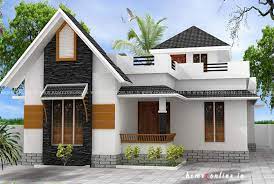Home is more than just a physical space; it’s a sanctuary that embodies our identity, memories, and sense of belonging. Whether it’s a humble abode, a bustling apartment, or a grand estate, the concept of “Home” transcends its architectural boundaries. It encapsulates the warmth of connections, the comfort of familiarity, and the canvas upon which we paint our lives.
The Emotional Architecture
At its core, home is where we find solace and tranquility amidst life’s chaotic rhythm. It’s where laughter echoes through hallways, where tears find solace in comforting embraces, and where dreams take flight in the safety of its walls. The emotional architecture of a home is built upon the foundation of shared experiences, where every nook holds a story and every corner reflects a part of our journey.
The Physical Manifestation
The physical manifestation of home varies widely across cultures, regions, and individual preferences. For some, it might be a cozy cottage adorned with familial heirlooms, while for others, it’s a contemporary space resonating with modernity. Irrespective of its appearance, the essence of home lies in the personal touches—the photographs adorning the walls, the aroma of familiar meals wafting through the kitchen, or the well-worn armchair that holds countless moments of contemplation.
Crafting a Haven
Creating a haven within the walls of a house involves more than mere decoration or architectural design. It’s about curating an atmosphere that nurtures well-being and fosters connections. This can mean cultivating a serene ambiance through soft lighting and soothing colors, or it might involve the vibrant energy of shared spaces where conversations flow freely.
Additionally, the concept of home extends to the external environment—a verdant garden, a welcoming porch, or a community that exudes warmth. These elements contribute significantly to the sense of belonging and the feeling of being rooted in a place.
